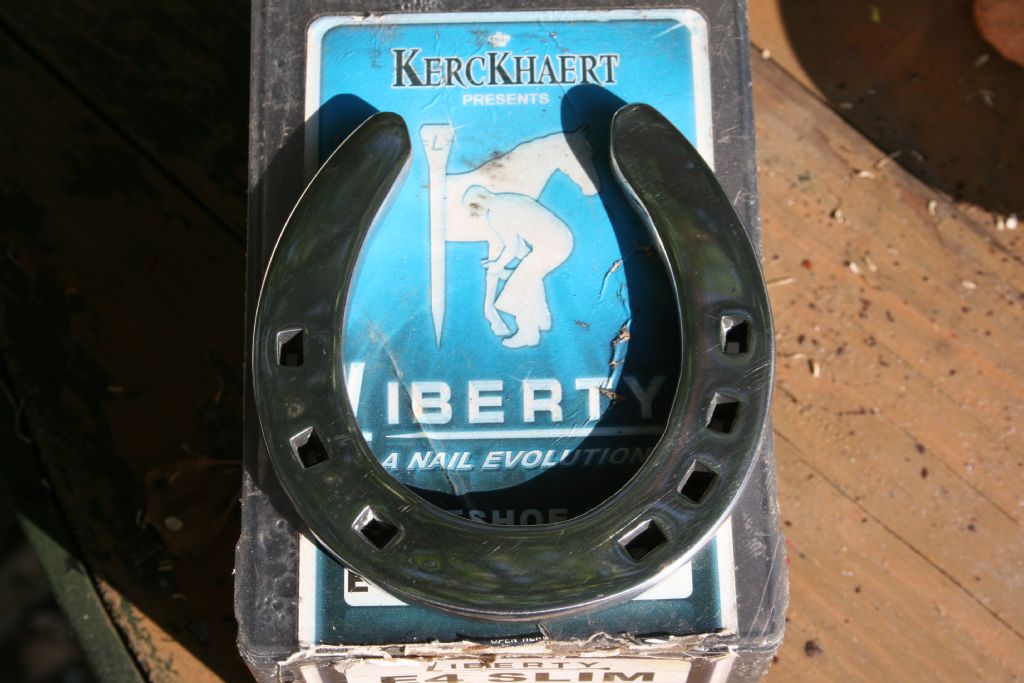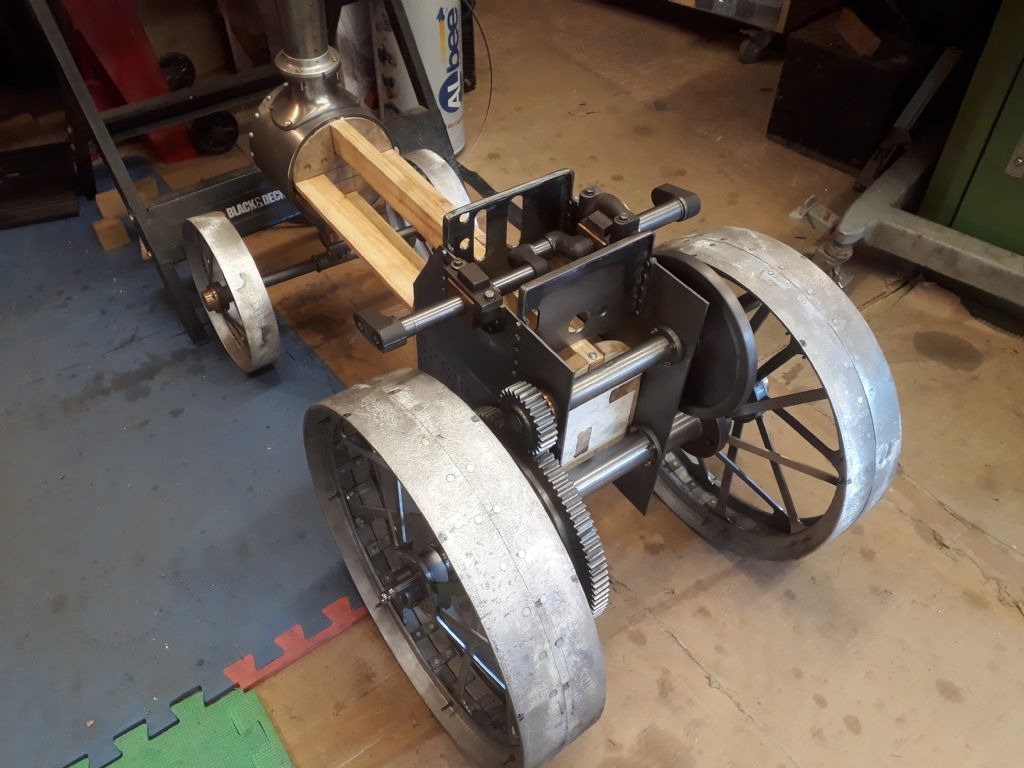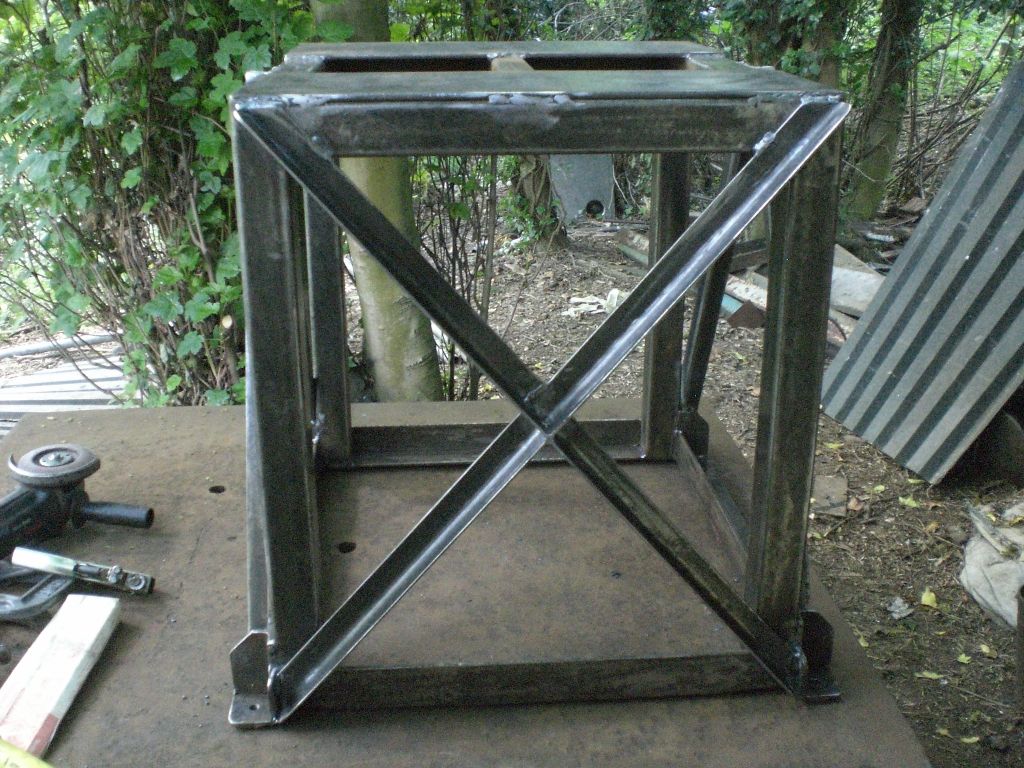Posted by mgnbuk on 21/05/2019 20:35:24:
The lead pellet weighs about 1.2 grams and would have been travelling at about 220mph on impact, about 8J of energy.
I don't think that your energy calculation is right, Dave.
Working in the more conventional units for airguns in the UK, 1.2 grammes pellet weight equates to 18.52 grains. This seems high for a .22 wadcutter. The pellet you show looks like a H & N Excite (12.82 grains) or RWS Hobby (11.9 grains) ? 220mph equates to 323 feet per second, which is round about what my recently departed Webley Tempest put .22 Hobbies over the chrono at, so seems about right..
However, 11.9 grains at 323fps works out at 2.76 ft pounds energy (3.74 Joules) – quite a bit short of 8 Joules. Even if your pellets are 18.52 grains, that is still only 4.29 ft pounds (5.82 Joules) – closer, but still no cigar. Still, you do seem to be comfortably on the right side of the law for the UK air pistol power limit of 6 ft pounds (approx. 8.13 Joules).
I don't think you should be too suprised that 3.5mm of polycarbonate stopped a pellet – I seem to recall seeing a demonstration on TV some years ago of a 1.5mm polycarbonate visor designed to clip on to a standard UK policemans helmet stopping a full power air pistol pellet at point blank range.
Nigel B (now enjoying a Weihrauch HW40 in .177)
Oh no Nigel, looks like I messed up again! I admit to not weighing the pellet, I quoted a scribble in my notebook. (From an experiment where I used an Arduino and tin foil to measure muzzle velocity.) And I have a poor record doing sums.
The pellet might be a valuable antique. It's a Milbro Caledonian, possibly bought with the pistol about 50 years ago. Seems like yesterday – how the years fly, scary.
I was pleased with the test. An obvious cost saving on a cheap lathe might be to use ordinary plastic shields, but they fitted the real thing.
Another airgun test I've not seen any figures quoted for is the real-world maximum range a pellet travels. (Not that I've done any research!) Had a notion it could be done by firing pellets at various elevations along a canal and watching for the splash. Quite hard to spot a small pellet landing when it's nearly out of energy I expect. And there's a risk the public won't appreciate my interest is science!
Dave
 Steviegtr.
Steviegtr.

















